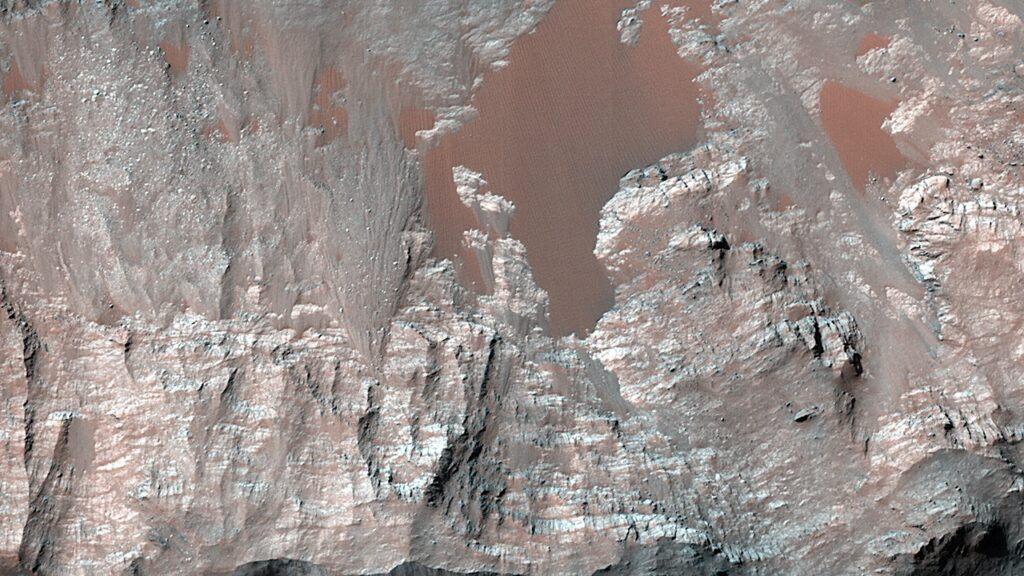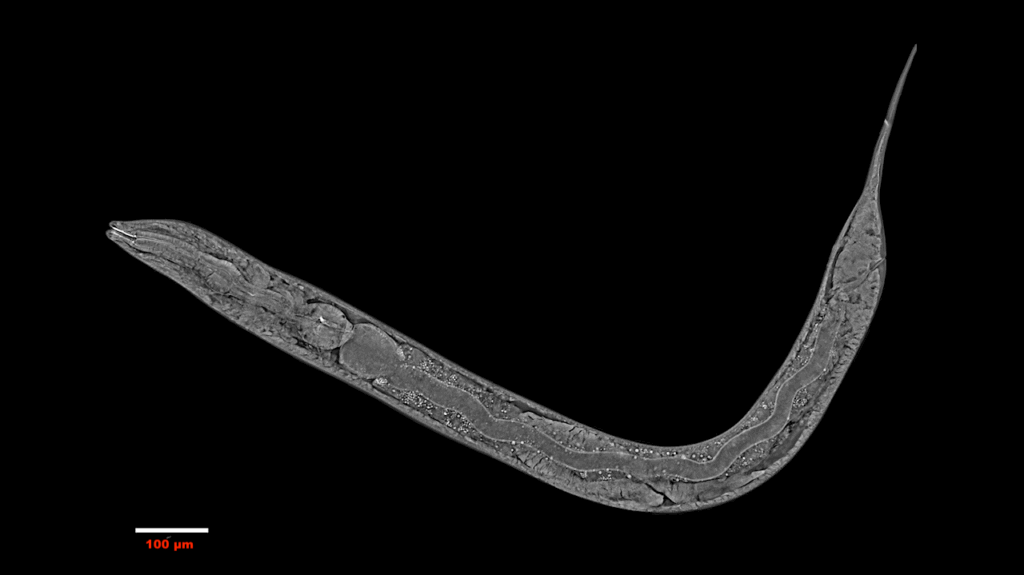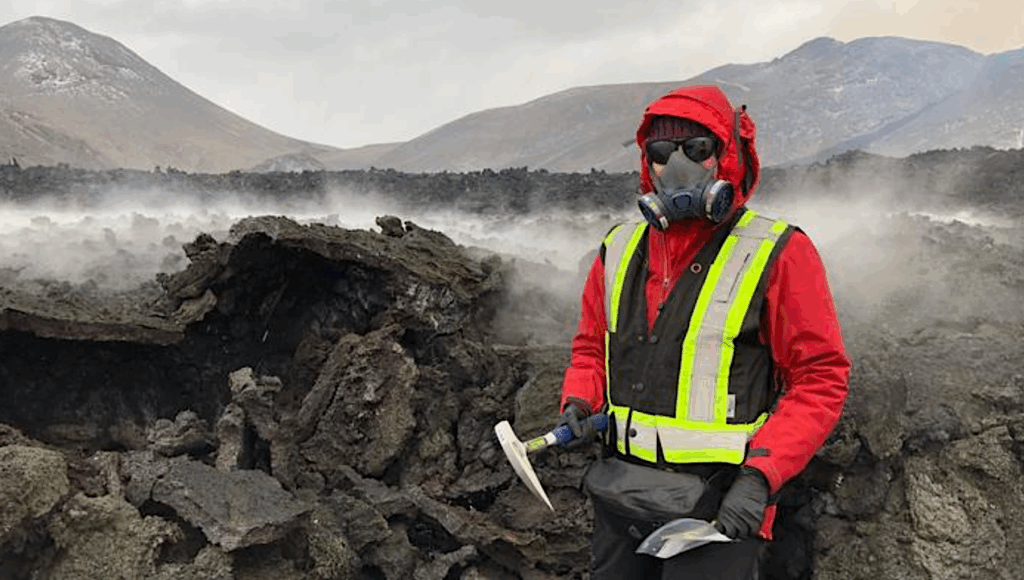Distribution And Habitability Of (meta)stable Brines On Present-day Mars

Special Regions on Mars are defined as environments able to host liquid water that meets certain temperature and water activity requirements that allow known terrestrial organisms to replicate, and therefore could be habitable.
Such regions would be a concern for planetary protection policies owing to the potential for forward contamination (biological contamination from Earth). Pure liquid water is unstable on the Martian surface, but brines may be present. Experimental work has shown that brines persist beyond their predicted stability region, leading to metastable liquids. Here we show that (meta)stable brines can form and persist from the equator to high latitudes on the surface of Mars for a few percent of the year for up to six consecutive hours, a broader range than previously thought.
However, only the lowest eutectic solutions can form, leading to brines with temperatures of less than 225 K. Our results indicate that (meta)stable brines on the Martian surface and shallow subsurface (a few centimeters deep) are not habitable because their water activities and temperatures fall outside the known tolerances for terrestrial life. Furthermore, (meta)stable brines do not meet the Special Regions requirements, reducing the risk for forward contamination and easing threats related to the exploration of the Martian surface.
Edgard G. Rivera-Valentín, Vincent F. Chevrier, Alejandro Soto, Germán Martínez
Subjects: Earth and Planetary Astrophysics (astro-ph.EP); Atmospheric and Oceanic Physics (physics.ao-ph)
Journal reference: Rivera-Valentin, E. G., Chevrier, V. F., Soto, A., Martinez, G. (2020) Distribution and habitability of (meta)stable brines on present-day Mars. Nat Astron 4, 756-761
DOI: 10.1038/s41550-020-1080-9
Cite as: arXiv:2012.00100 [astro-ph.EP] (or arXiv:2012.00100v1 [astro-ph.EP] for this version)
Submission history
From: Edgard Rivera-Valentín
[v1] Mon, 30 Nov 2020 21:23:21 UTC (21,286 KB)
https://arxiv.org/abs/2012.00100
Astrobiology,








